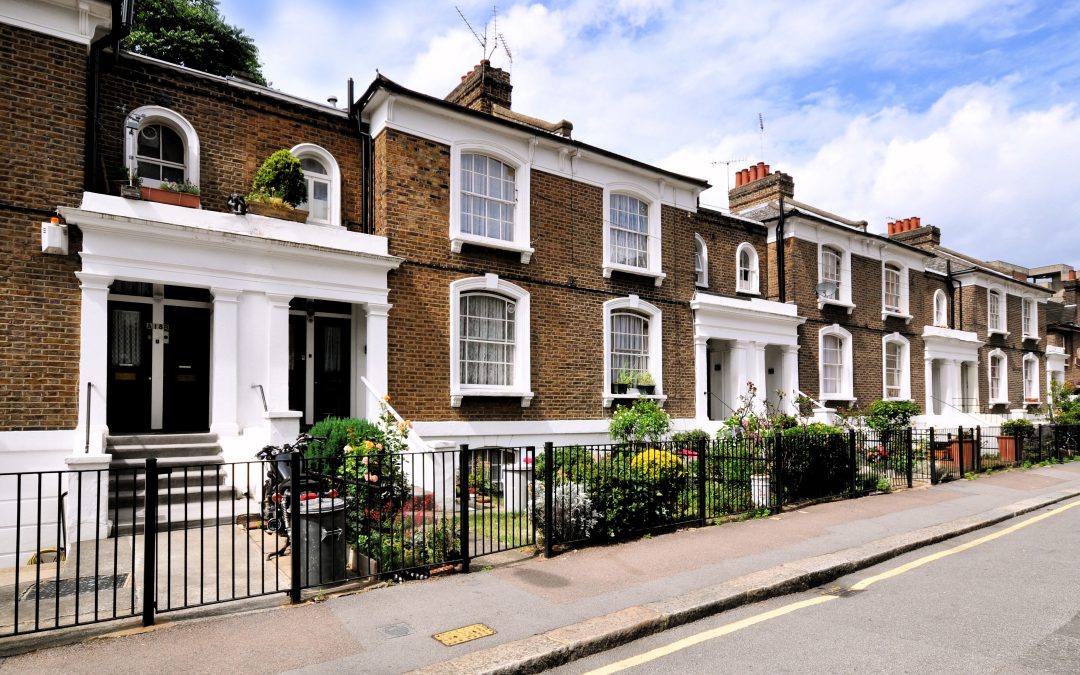Fixed rate mortgages used to be in the range of 1-2% interest. But as we all know, interest rates have been steadily climbing since 2022, and hit their current rate of 5.25% in 2023.
Sadly, that means those low interest rate mortgages are probably a thing of the past (for now at least). If you’re coming to the end of your fixed term, how do you prepare yourself for the next remortgage?
When to start thinking about remortgaging
The first thing to do is double-check the date on which your current fixed-rate mortgage ends. Have a look at your mortgage documents and it’ll be clearly stated on there.
You can start searching for your next mortgage as early as six months before the end of your current mortgage. By starting early, you’ll have time to explore the options and compare deals.
What happens if I do nothing?
If you don’t take any action, you’ll be transferred automatically to your lender’s standard variable rate (SVR) when your fixed-term mortgage comes to an end.
Should I go to a standard variable rate?
Moving to a SVR mortgage is generally not recommended. That’s because the interest rate on SVR mortgages tends to be higher than fixed-rate mortgages. The current average is a fairly eye-watering 8.09%.
Within interest rates like that, you’re likely to end up paying significantly more over time.
The other thing to know is that the SVR is not tied to the Bank of England’s base rate, meaning that lenders can adjust it at any time without justification. Your mortgage payments may fluctuate each month, which makes it challenging to budget for the long term.
But it’s not all doom and gloom. There are some cases where choosing an SVR mortgage might be a good option. For instance, the majority of SVR mortgages do not include early repayment fees. So if you intend to make extra payments or expect to move home in the near future, you can save yourself the financial penalty or break frees and potentially save money over the long term.
Do I have to stick with my current lender?
When remortgaging, you are not tied in to your current lender.
Staying with your current lender can simplify the process, and some lenders offer better deals to existing customers.
But opting for a new lender can offer a wider range of mortgage products that better fit your current and future needs. There’s potentially more paperwork involved, including credit checks and property valuations, but it might be worth it to lock in a better rate.
How to prepare for a higher mortgage rate?
Last year the Bank of England increased interest rates to 5.25%, which has led to an increase in the average fixed rate for a five-year mortgage deal to 6%. If you’ve been used to those very low 1-2% rates, then this could be a significant hike in monthly outgoings.
If you’re able to overpay your mortgage now, that can help ease the burden slightly when the new rate kicks in. Most lenders allow penalty-free overpayments up to 10% of your outstanding balance each year, although their policies may vary, so verify this with your lender.
How to get the best mortgage deal
If you want the best mortgage deal, it can be a good idea to get a mortgage broker on board. They have the expertise to advise you on your options and the best deal for your circumstances. But perhaps more importantly, they often have access to exclusive deals that you won’t be able to see from your general research.
At Sumhowe Ltd, we have good working relationships with mortgage brokers, so if you’d like an introduction, please feel free to ask.

